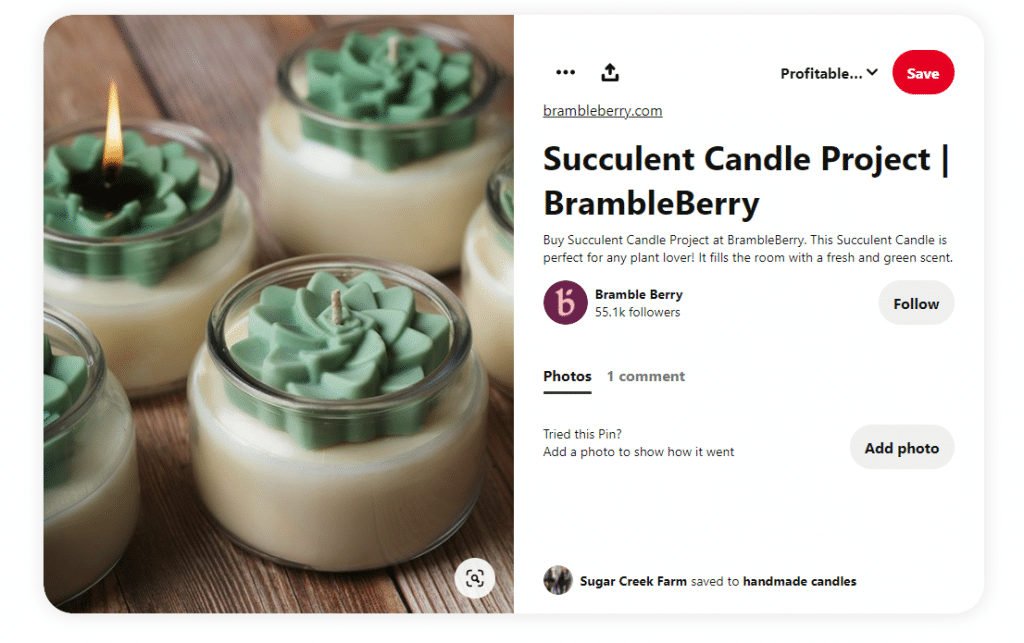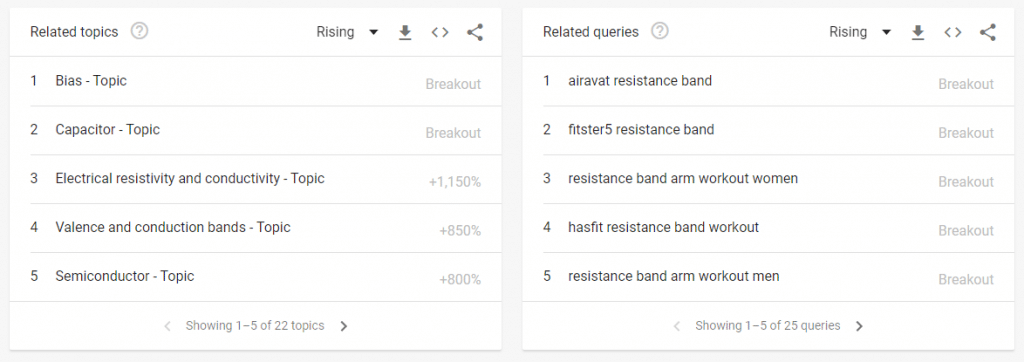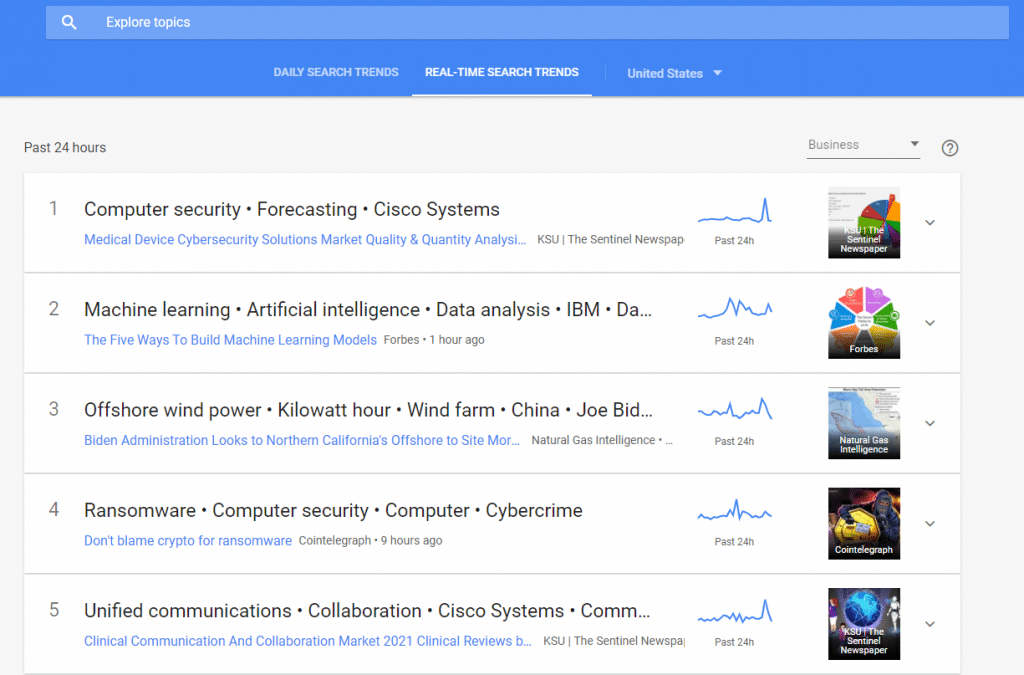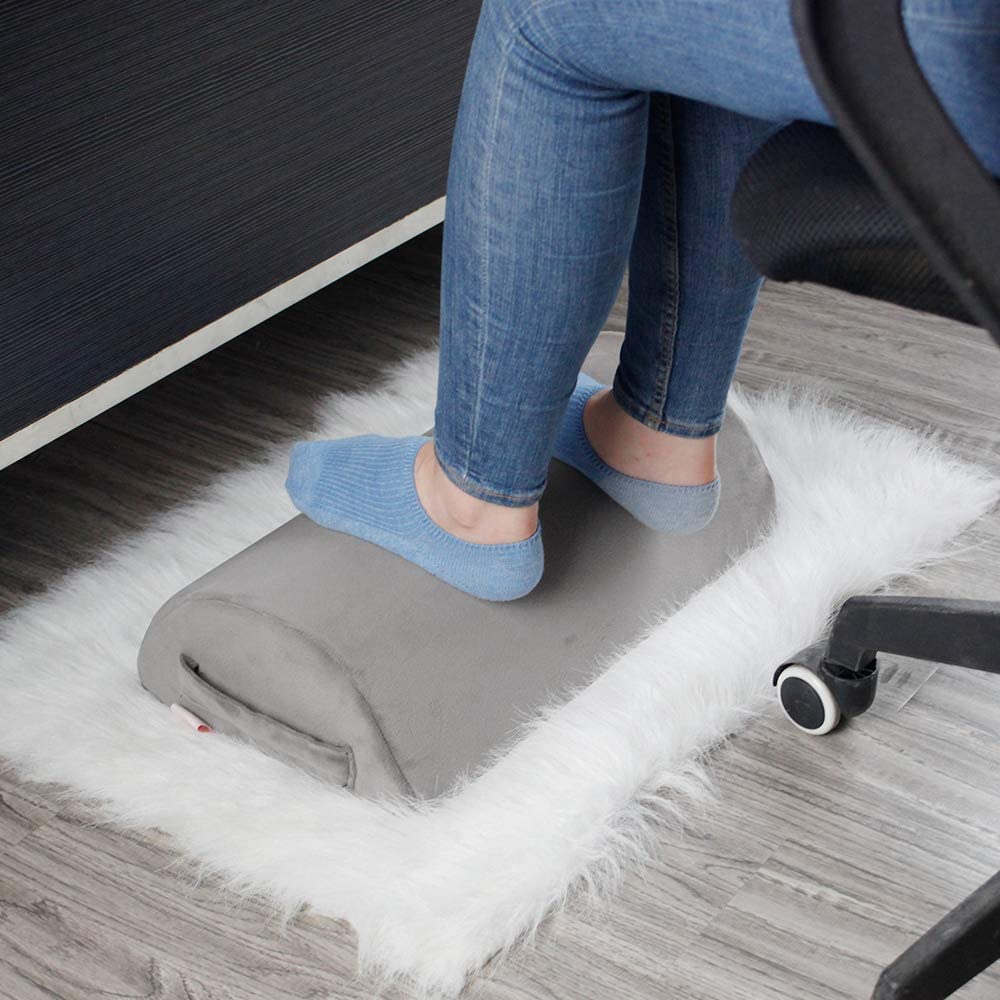A startup is a business that offers a novel concept, good, or service. It might also be an already-existing company with a new focus or direction.Every day, businesspeople from all over the world generate creative concepts and launch enterprises to make them a reality.Customers are essential to any startup’s survival, as are individuals who are sufficiently committed to their idea to devote time and resources to help it expand.
Before investing months of effort into a product that no one will purchase, each entrepreneur should first determine whether there is even a market for what they are offering. Finding out what consumers like about similar items and why some people like some brands over others is best accomplished through customer research.Who you’re building it for is more important than what you’re building.Customers won’t care about your product if it doesn’t address their problems. For this reason, it is crucial to do human testing at an early stage of the procedure.
Product research
Product research enables you to collect data on what your customers want from your product, ideas for your product, potential features, and other information that can help you plan and create a successful business. Researching what your target market wants from your product is necessary before you produce it. You don’t want to invest time and resources into creating a product that no one will purchase. Try using these product research approaches to see what ideas come to mind, and they will help you create the ideal product.
Interview your Existing Customers
If you have existing customers that have purchased from you previously, they are the perfect people to interview. Your existing customers are your target audience, so interviewing them will help you to plan your next product, because you simply need to find out what they want from a new product.
Create a survey to send to all of your customers, or interview them individually to receive the best possible insights. Ask them what they want to see in a new product, what they didn’t like about your previous product(s), and other questions like this that will help you to understand what is needed and wanted from a new product. This way, you can ensure that the user will be happy with the product that you build, as you have asked them for their own opinion.
Look at Pinterest
Pinterest is a platform built to inspire and boost creativity. Look through Pinterest to find interesting ideas, creative designs, and inspiration that you can use to help plan and build your product. Simply make a relevant search, and then look at pins, and read comments, to find valuable information. As an example, lets say that we want to make handmade candles, I’ll make a search on Pinterest for “handmade candles”.

I have found this pin of a rather cool succulent candle, and it looks great, Just by looking at this, I am already thinking of loads more candle ideas. If you search around, and make different searches (within your niche), you will find even more ideas and inspiration for your product. Then, also read the comments, to see other people’s opinions! Pinterest is a super platform, and if you are looking for ideas, inspiration, and opinions, you should definitely start using it.
Read Product Reviews
A great way to learn how to build a great product, is to read reviews from your own products, and also on your competitor’s products. Go to Amazon, and read reviews on your competitor’s products to see what their customers are saying, and to learn how to make a product that is better than theirs. You should also be reading your own reviews, because you always want to be seeing what your customers are saying, so that you can improve your products, and the customer experience. Do you want to know what people are saying about your business? Find out what people think about both your business and your competitor’s by going to review platforms like Trustpilot It is always important that you listen to your customers, so that you can improve your products, customer service, and the entire customer experience.
Use Google Trends
Google Trends allows you to discover trending searches around the world. There are two main methods that can be used for product research with Google Trends…
Enter a search term or topic:
Simple enter a search term or topic that is related to your product idea into Google Trends. Then, look at the “Interest over time” section, to see how many people are searching for that product.

This will help you to see if there is a market for your product idea. You can also scroll down, and look at the “Related topics” and “Related queries” sections to view other topics and queries that people are searching that are related to the keyword that you entered.

This will help you to see other topics and products that are related to your product idea.
Take a look at recently trending searches:
On the Google Trends home page, if you scroll down to the “Recently trending” section, and click “More trending searches”, you can discover searches that are trending right now! You can sort to see daily search trends, or real-time search trends, and you can also select the country that you want to see data for. If you select “real-time search trends”, you can even pick a category that you want to see trending searches for.

Google Trends is a very powerful tool, and all of the data is straight from Google, so you can trust that it is accurate.
Look at your Competitor’s Products
Another great way to conduct product research, is to look at what your competitors are offering. Don’t just copy what they are doing, but look at their products or services, and see what doing well, and use that information to inspire your own product. If you and your #1 competitor are selling a similar product, but theirs has more features, theirs will be more successful and sell more. You need to keep up-to-date with what your competitors are doing, to ensure that you don’t fall behind. To learn more about product research, and to see some of the best research techniques, read this post.
Product testing
Once you have built your product, you need to test every aspect of it, to ensure it meets quality standards. In the product testing process, you will find any faults with your product, so that you can go back to the drawing board to make any required improvements. It is likely that you will need to make modifications to your product during the testing phase, so I recommend building a simple prototype at first, and then work from there. Here are some steps that most companies take when testing their products.
A/B testing
Build multiple prototypes with each with different features, and test them against each other to see which is best. This method of testing is used in many different circumstances, from advertising to product testing, and is a great way to find out what works, and what doesn’t. You could build as many different prototypes of the same product as you want, and use this same method to test them, as comparison testing gives you the best results.
Real-world testing
Most products have a purpose, for example a hair dryer is used to dry hair, before going further you need to test your product’s features in the environment that they will be used, to ensure that it will work as it should. Give your product to friends, family, product testers, and also people who will be using your product (people in your target market), to see how your product is used by different people, and to see how different people react to it. Real-world testing will help you to see if your product is helpful, if it works, and if people think it is good enough to launch.
Strength / safety test
This test can will allow you to discover the strength of your product, and also how safe it will be for the user. If you test your product, and after a couple of uses, it sets on fire, or stops working, it is not ready to be sold! Depending on what product you are making, and where you plan to sell it, there are safety regulations that your product must pass before it is allowed to be sold. Of course, you can’t exactly strength-test a service or mobile app, but if it is an online service, you can do tests to see how many users can simultaneously use your service before it crashes.
Product feedback
Once your product is ready to be shown to customers, before you start selling you need to get feedback from your target market and product testers. The best way to do this, is to run a product feedback survey. Here are some product feedback tips that will result in receiving the most useful information from your customers and product testers.
Keep it short
People have short attentions spans, so keeping the survey short and to the point will ensure that they provide valuable answers to your questions.
It’s best to create a survey that has 30 or less questions and takes under 10 minutes to complete.
Let them know what’s in it for them
By giving the people answering the survey a freebie, or a discount to your product, they will be more invested in the survey and will be more likely to provide insightful answers to your questions.
If you want valuable feedback, let them know that they will get something when they complete the survey as an incentive.
Ask open-ended questions
If you only ask questions that result in simple “yes” and “no” answers, the feedback that you receive will not help you very much.
Adding open-ended questions, where the person answering has to write their own answer based on their experience with the product, will give you valuable feedback that will help you the improve your product.
Don’t only ask open-ended questions, mix it up with various other questions too, otherwise users will feel like the survey is dragging on, and will rush their answers.
Best questions to use in a product feedback survey
Here are some of the best questions that should be included in your product feedback survey:
- How can we improve (product name) to better suit your needs?
- What is the main benefit that (product name) has given you?
- Would you recommend (product name) to someone else?
- Would you use (product name) again?
- How much would you pay for (product name)?
The answers from these specific questions will give you valuable information that you can use to improve your product.
Ask for additional feedback
At the end of your feedback survey, add a space for adding additional feedback.
This is where your product testers can say what they thought about the survey, add anything extra that they want to say about the product, and so on.
It is always important to add a space for additional feedback, so that your testers can provide you with extra information that could be valuable to the survey.
My three favourite survey platforms are Google Forms, SurveyMonkey, and Typeform, give them a try and see which suits you best.
4 Tips for a building a successful product
There are also many more things you can do to ensure you are building a product that people will actually want and use.
Keep your Product Simple
A simple product, is a successful product.
Don’t overthink your product, especially not the first version.
The most important thing you need to do it build your product, and start selling it, so that you can receive feedback.
Once you have some valuable feedback, you can make any necessary adjustments to your product based on what your real customers are saying.
Keep it simple, and it will sell.
Solve a Problem
The best way to figure out if you have a good product idea, is to think about whether it solves a problem.
Think about a problem that you may face in your day-to-day life, and build a product that will solve that problem.
Products that solve real-world problems, are much more likely be be successful.
Look at this ergonomic foot rest for example:

It allows you to sit at a desk without getting back problems, as it improves your posture.
It is a simple product, that will help many people (specifically office workers), and it solves a problem!
A simple product, that solves a problem, will fly off the shelves.
Don’t Overthink your Launch
When you first launch your product, you should be looking for product feedback more than anything else.
Keep your expectations low, and don’t overthink it.
Let people know what you are building before you even start selling, to generate interest in your product.
Then, when you launch, the interest that you generated through social media, and word-of-mouth, will be your starting point.
Keep in mind, you are unlikely to sell like crazy during your first “launch”, instead try to use it as a learning experience, and gather as much feedback as you can.
B2B is Easier than B2C
It is a fact that building a product that other businesses need is easier to sell than building a product for consumers.
Businesses purchase products that will make them money, save them money, or solve a problem that will help them to be more productive.
A business is also likely to make a bulk order, so creating a product that you can sell to businesses can result in much larger orders.
Now all you need to do is price your product or service, and start selling!



